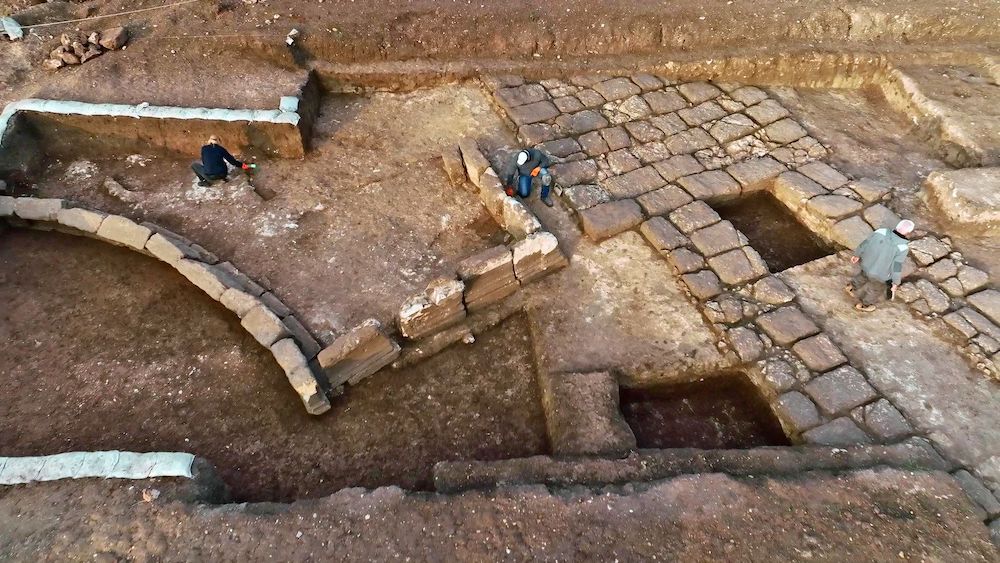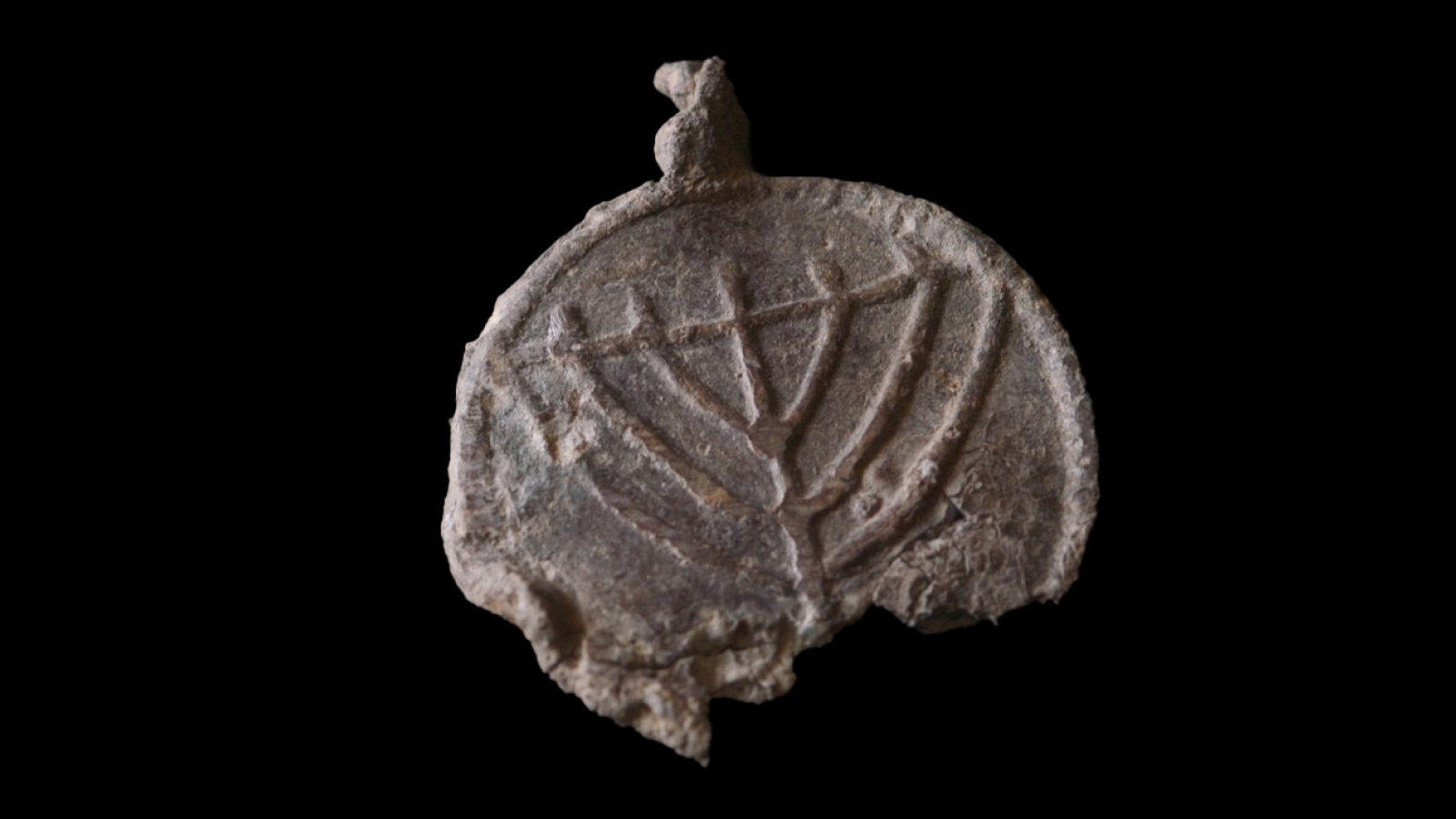1,800-year-old 'Iron Legion' Roman base discovered near 'Armageddon' is largest in Israel
The Roman military base once housed more than 5,000 soldiers.

Archaeologists have discovered the remnants of a massive 1,800-year-old Roman legionary base that is the only one of its size and caliber ever found in Israel.
Located near Tel Megiddo, a national park and the site of the ancient city of Megiddo (also known as Armageddon) in northern Israel, the "Iron Legion" camp once housed more than 5,000 soldiers and was used as a strategic military base for the Romans, according to a statement by the Israel Antiquities Authority (IAA).
The Roman legionary was a group of elite infantrymen who served and protected the Roman Empire, which made the region into the province Judaea in A.D. 6.
During ongoing excavations at the site that have stretched the better part of a decade, archaeologists unearthed a multitude of "extensive and impressive architectural remains" of the camp's main road, as well as a semicircular podium and areas paved in stone that were part of a "monumental" public building, according to the statement.
The camp was occupied for around 180 years, beginning sometime between A.D. 117 and 120 through A.D. 300. The military site was 1,804 feet long by 1,148 feet wide (550 meters by 350 meters) and was accessed via two roads that led into the base. That intersection was where the camp's headquarters were built.
Related: Blood-red walls of Roman amphitheater unearthed near 'Armageddon' in Israel
"It was from this base point that all the distances along the Roman Imperial roads to the main cities in the north of the country were measured and marked with milestones," Yotam Tepper, an archaeologist and excavation director on behalf of the IAA, said in the statement. "The ancient building remains were not preserved to a height, as most of the building stones were removed over the years for reuse in building projects carried out during the Byzantine and Early Islamic periods."
While there are other known Roman camps sprinkled throughout Israel, they were used as "temporary siege camps," or small camps for auxiliary divisions, and "none compare with the entire complex of the legionary base," Tepper said in the statement.
Get the world’s most fascinating discoveries delivered straight to your inbox.
During the excavation, archaeologists also discovered various artifacts, including coins, parts of weapons, pottery shards, glass fragments and large quantities of roof tiles.
"The roof tiles, some of which were stamped with the VIth Legion stamps, were used for various purposes, for roofing buildings, paving floors and coating walls. The technology and know-how, the building techniques and the weapons that the Legion brought with it from the home country, are unique to the Roman army, reflecting specific Roman Imperial military footprints," researchers wrote in the statement.
Jennifer Nalewicki is former Live Science staff writer and Salt Lake City-based journalist whose work has been featured in The New York Times, Smithsonian Magazine, Scientific American, Popular Mechanics and more. She covers several science topics from planet Earth to paleontology and archaeology to health and culture. Prior to freelancing, Jennifer held an Editor role at Time Inc. Jennifer has a bachelor's degree in Journalism from The University of Texas at Austin.


